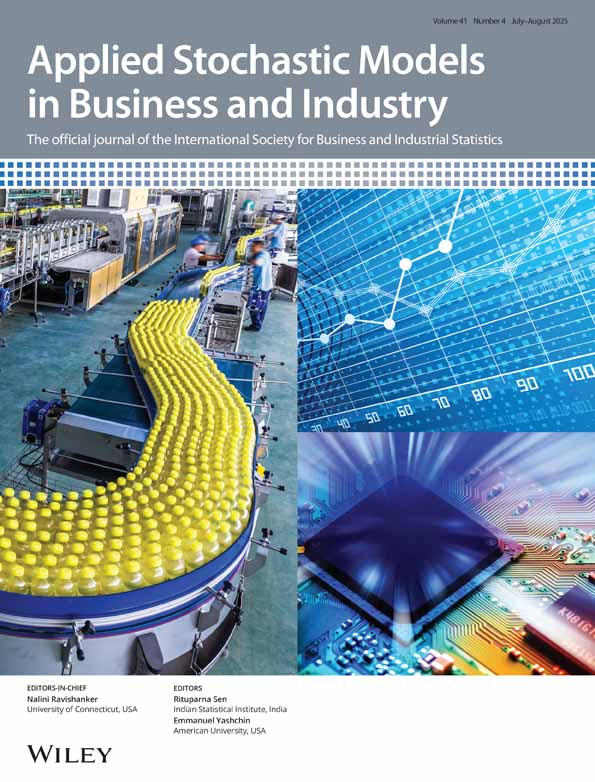Statistical modelling for process control in the sawmill industry
Abstract
Softwood logs are processed into green boards through a series of horizontal or vertical sawing operations that reduce lumber thickness. This paper uses physical understanding to model how systematic and random errors in board thickness accumulate during sequential resawing. The error model is validated on board thickness measurements gathered at a northern California sawmill. The analysis
-
explains previously puzzling patterns in the spatially averaged sample variances of board thickness measurements;
-
enables estimating, from measured board thicknesses, the means and variances of the thickness errors introduced by each sawing operation in the observed sequence;
-
generates stronger methods for sawmill quality control.
Through submodelling of the mean vector and the covariance matrix of measured thicknesses, the paper finds slight ‘wedging’ in the mean thickness of certain boards and distance-based correlations among the random sawing errors on these boards. The one-way random effects model, used uncritically in earlier analyses of lumber thickness measurements, does not fit the study data. Copyright © 2006 John Wiley & Sons, Ltd.




